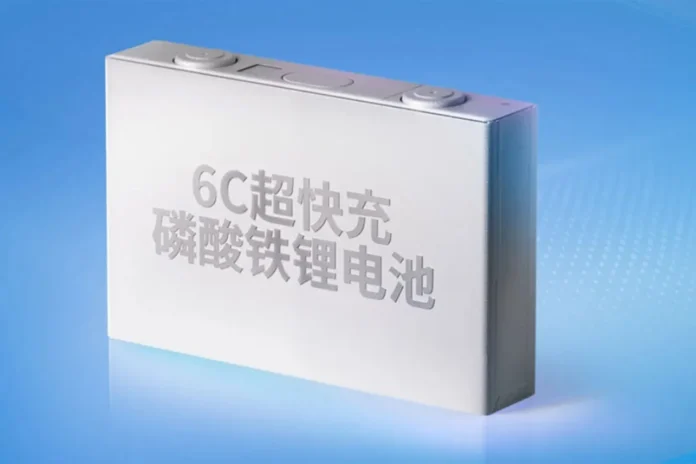Beijing has added battery cathode material preparation technology to its restricted export list. The move affects lithium iron phosphate (LFP) and related technologies, requiring export licences to balance development and security.
The new restriction covers preparation technologies for battery cathode materials, including lithium iron phosphate, lithium manganese iron phosphate, and phosphate cathode raw materials. These technologies are widely used in the electric mobility sector for lithium-ion battery production, particularly for electric vehicles and energy storage.
The Ministry of Commerce announced the revision on Tuesday. The update took effect upon publication. Manufacturers or exporters of battery-related technologies are required to seek export licences before proceeding with international transfers.
“Battery cathode material preparation technology is increasingly being used in sensitive fields,” a Ministry of Commerce spokesperson said. “Including relevant technologies in the restricted category of the catalogue will help better coordinate development and safety and promote the safe and sustainable application and development of relevant technologies.”
The catalogue revision also modifies existing restrictions on non-ferrous metallurgy technology, adding control points for spodumene-based lithium carbonate and lithium hydroxide production, metal lithium and lithium alloy preparation, brine lithium extraction, and lithium-containing purification liquid preparation. It also adjusts requirements for gallium metal extraction.
The export of LFP and LMFP technology has not been completely halted. According to the ministry spokesperson, as “technologies restricted from export”, they are subject to licence management: they may not be exported without authorisation. “The Ministry of Commerce will further optimise management measures, improve export licensing and contract registration procedures, provide more public service products, and guide enterprises to do a good job in compliance,” said the spokesperson.
China is a leader in LFP technology
The catalogue (officially known as the ‘Catalogue of Technologies Prohibited and Restricted from Export from China’) is compiled by the Ministry of Commerce in conjunction with the Ministry of Science and Technology. Until now, it has been particularly relevant to electric mobility in the context of rare earths, which are needed in electric cars, for example in motors such as permanently excited synchronous machines (PSMs). However, the rare earths in question are also used (in some cases in smaller quantities) in lasers, car headlights and spark plugs, for example, as well as across industries in computer chips, capacitors and smartphones.
In the case of rare earths, however, this very licensing procedure caused problems even after the complete export ban was lifted. On the one hand, because the system was not yet reliably established at the start. And on the other hand, because, according to insiders, export licences that had already been granted were suddenly revoked, allegedly due to formal errors, meaning that exports that had actually been approved could be stopped again.
The Ministry of Trade does not explain exactly why LFP and LMFP technologies are now classified as security-relevant. The spokesperson explained: “This is an adjustment to the existing restricted technologies based on the development and changes of technology.”
China is clearly a global leader in LFP technology. Many electric cars in China are equipped with LFP batteries, while Western manufacturers have long relied primarily on NMC cells due to their higher energy density. However, the European automotive industry has now also recognised that inexpensive volume models are dependent on LFP cells.
In addition, LFP technology (developed by Chinese companies) has undergone enormous advances, and LFP cells can sometimes achieve enormous charging capacities, which can compensate for the disadvantage of slightly lower range with the same battery size. And even if LFP cells are manufactured outside China, Chinese companies and technologies are likely involved in the production of the cathode and its precursors.
mofcom.gov.cn (Ministry of Commerce), english.news.cn




